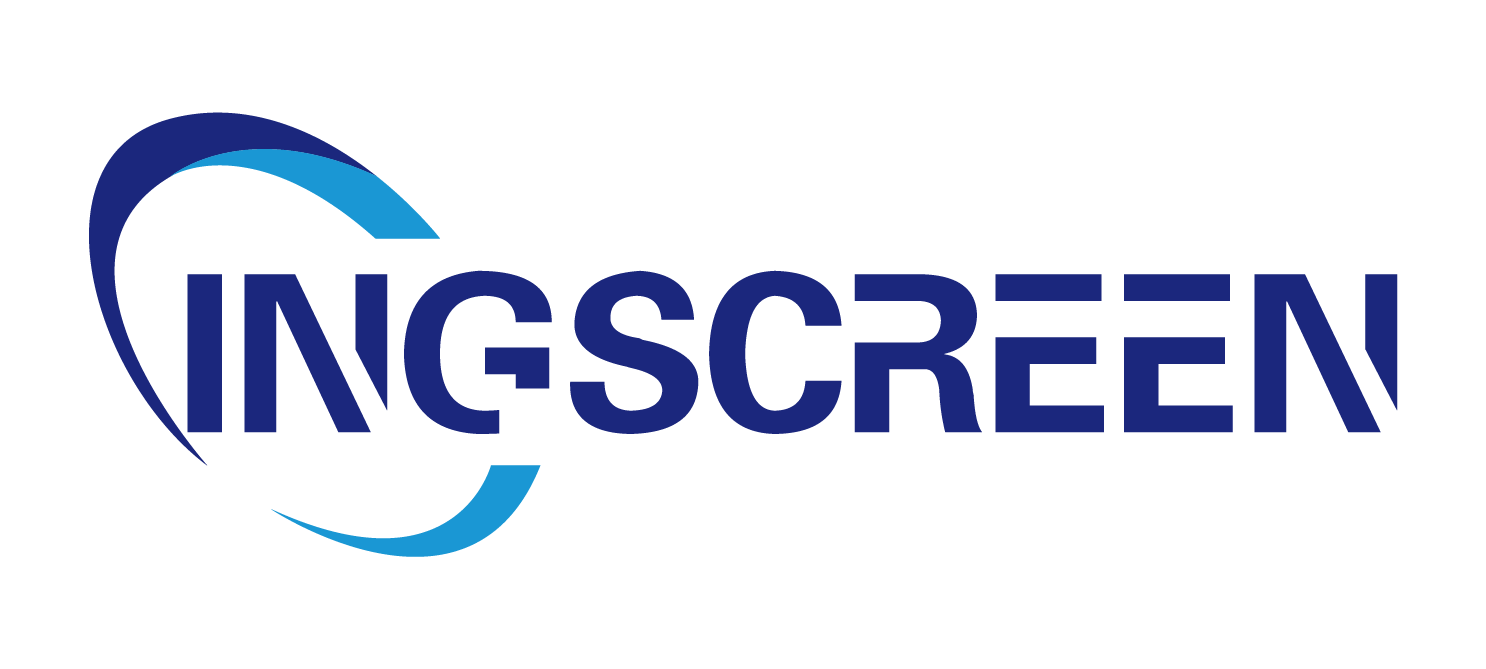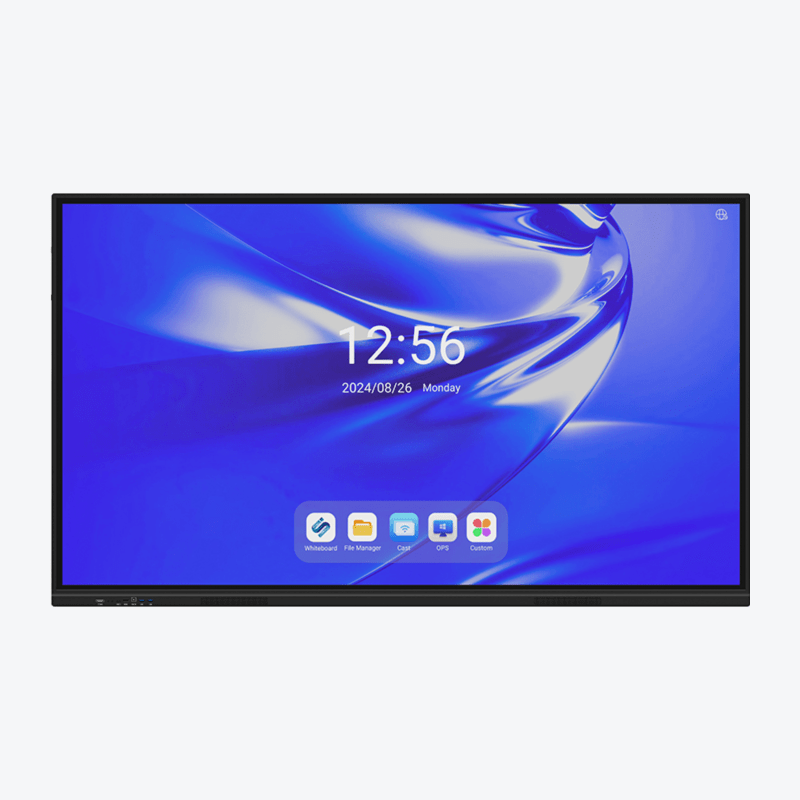Choose the Right Display Technology
Understanding the different technologies for outdoor digital signage, such as LED and LCD displays, is crucial for making an informed choice. LED displays are known for their vibrant color presentation, durability against harsh weather, and exceptional visibility in direct sunlight, making them ideal for outdoor settings. They boast a longer lifespan and greater brightness capabilities compared to LCD displays. However, they may involve higher initial costs. LCDs, while less expensive and offering excellent image clarity and color accuracy, generally fare worse in direct sunlight and are more prone to glare.
Transitioning to a direct comparison, LED displays, thanks to their superior brightness, are more suitable for daylight conditions and perform well in challenging weather environments. They are generally more energy-efficient and possess better heat resistance than LCDs. This makes LEDs preferable in environments where sunlight exposure is frequent. In contrast, LCDs may require additional anti-glare or shading solutions to maintain visibility under bright conditions.
When selecting outdoor digital signage, the brightness level (measured in nits) is a critical factor. Displays with higher nits are preferable for well-lit areas to ensure visibility and clarity. Considering weather-resistant features is also essential to protect your investment from the elements. Opting for high-nit displays ensures that digital content compellingly stands out even on the brightest days, making them key to effective outdoor advertising and brand communication.
Optimize Content for Outdoor Viewing
Optimizing content for outdoor digital signage involves high-contrast text and legible fonts, ensuring readability from a distance. According to research, sans-serif fonts, known for their clarity, work best in outdoor environments, aiding visibility under diverse lighting conditions. It's crucial to choose a font size and style that is easily visible even from afar to prevent viewer frustration and disengagement.
Engaging visuals such as high-definition images and videos are key to capturing audience attention. Studies suggest that dynamic content significantly boosts retention and recall. Using high-resolution images and compelling videos can make your signage more attractive and memorable, driving higher engagement levels.
Adapt content for short viewing times by delivering concise, impactful messages geared towards audiences on-the-go. This strategy not only ensures clarity but also maximizes the impact of your communications in brief encounters. By focusing on quick, clear messaging, you can captivate and inform passing viewers effectively, ensuring that your primary points are communicated succinctly and memorably.
Strategic Placement and Installation
Strategically placing outdoor digital signage in high-traffic areas is essential for maximizing visibility and audience interaction. Locations such as busy streets, tourist hotspots, and public transport stations offer significant exposure to potential viewers. By situating signage where foot and vehicular traffic is heavy, businesses can enhance impressions and ensure that their messages reach a broader audience.
Effective positioning of digital signage not only involves selecting the right location but also considering factors that can impact visibility, such as obstructions and lighting conditions. Ensuring clear visibility may require assessing viewing angles and adjusting to minimize issues like glare from natural lighting. The goal is to provide unobstructed, clear views of the content to ensure it captivates and engages the passersby effectively.
Incorporating interactive elements within digital signage can significantly enhance engagement and prolong audience interaction. By integrating games and activities, businesses can create an immersive experience that not only draws attention but also reinforces brand messages. These interactive features can foster a more engaging environment, encouraging viewers to spend more time interacting with the content, thus deepening brand recall and interest.
Leverage Smart Features
Incorporating smart features into your digital signage can significantly enhance audience engagement and participation. Utilizing interactive elements, such as touch screens or QR codes, can lead to increased consumer interaction. According to a report by the Interactive Advertising Bureau, interactivity can boost consumer engagement by 70%. These features not only capture attention but also provide an opportunity for direct interaction, making the signage more memorable and effective.
Integrating real-time data into your content updates ensures that your messaging remains relevant and engaging. Content such as weather updates or live traffic conditions can help maintain audience interest by providing information that is directly beneficial or interesting to the viewer. This dynamism keeps the content fresh and can draw repeat viewings, making your signage more than just an advertisement but a useful communication tool.
Lastly, the benefits of remote management systems for digital signage cannot be overstated. These systems allow operators to control and update content from virtually anywhere, offering flexibility and efficiency in operations. Remote management capabilities enable timely updates and efficient troubleshooting without the need for on-site intervention, which is particularly valuable for businesses with multiple locations or vast outdoor digital signage networks.
Maintenance and Durability
Maintaining and ensuring the durability of digital signage involves essential practices that extend its lifespan and performance. Regular cleaning is crucial to prevent the accumulation of dust and dirt, which can degrade the display's quality. Additionally, software updates are vital for maintaining the system’s security and functionality, protecting the signs from cyber threats and ensuring optimal performance. Frequent physical inspections can help identify and rectify any issues like loose connections or physical damage early on, preventing further complications.
Weatherproofing and protective measures, such as protective casings and anti-glare shields, are essential to shield digital signage from environmental stressors, especially for outdoor digital signage. By mitigating damage from rain, direct sunlight, or extreme temperatures, these measures ensure consistent display quality and longevity. According to best practices, outdoor digital signage should have a minimum rating of IP55 for adequate weather resistance.
Furthermore, updating software regularly not only guarantees smooth operation but also secures the system against potential vulnerabilities. Keeping the software current ensures the digital signage operates efficiently while protecting sensitive information and enhancing its operational capability. Engaging in these regular maintenance practices can significantly extend the life and effectiveness of digital signage.
Measure and Improve Performance
Tracking and improving the performance of outdoor digital signage is crucial for maximizing its effectiveness. Utilizing tools such as heat maps and interaction metrics enables businesses to gather insights into audience engagement. By analyzing statistics on dwell time, companies can make informed adjustments to their content strategy, ensuring they capture and retain viewer attention.
Evaluating the effectiveness of content is another vital aspect of measuring performance. By reviewing viewer feedback and tracking interaction rates, businesses can fine-tune their messaging to enhance return on investment (ROI). This iterative process of refinement helps in delivering more impactful and engaging content to the target audience.
Establishing key performance indicators (KPIs) is essential for setting measurable goals in future campaigns. By assessing metrics like increased foot traffic or sales, businesses can continuously optimize their strategies. This data-driven approach not only informs better decision-making but also ensures the sustained success of advertising efforts with outdoor digital signage.
FAQ
What are the advantages of LED displays over LCDs for outdoor digital signage?
LED displays offer vibrant colors, superior brightness, longevity, and are more resistant to weather conditions, making them ideal for outdoor use. Meanwhile, LCDs provide excellent image clarity but are less effective in bright sunlight.
How can content be optimized for outdoor digital signage?
Utilize high-contrast text, legible sans-serif fonts, and engaging visuals like high-definition images or videos to enhance readability and viewer retention. Keep messages concise and impactful for short viewing times.
Why is strategic placement important for outdoor digital signage?
Strategic placement in high-traffic areas ensures maximum visibility and audience engagement, increasing exposure and communication effectiveness for businesses.
What are the benefits of incorporating smart features in digital signage?
Smart features like interactivity and real-time data integration enhance engagement and make signage more memorable, while remote management allows for efficient content control and updates.
How can I ensure the durability of my outdoor digital signage?
Regular cleaning, weatherproofing, and software updates are essential. Protective measures such as anti-glare shields and casings help shield from environmental elements, ensuring consistent performance.
Table of Contents
- Choose the Right Display Technology
- Optimize Content for Outdoor Viewing
- Strategic Placement and Installation
- Leverage Smart Features
- Maintenance and Durability
- Measure and Improve Performance
-
FAQ
- What are the advantages of LED displays over LCDs for outdoor digital signage?
- How can content be optimized for outdoor digital signage?
- Why is strategic placement important for outdoor digital signage?
- What are the benefits of incorporating smart features in digital signage?
- How can I ensure the durability of my outdoor digital signage?




